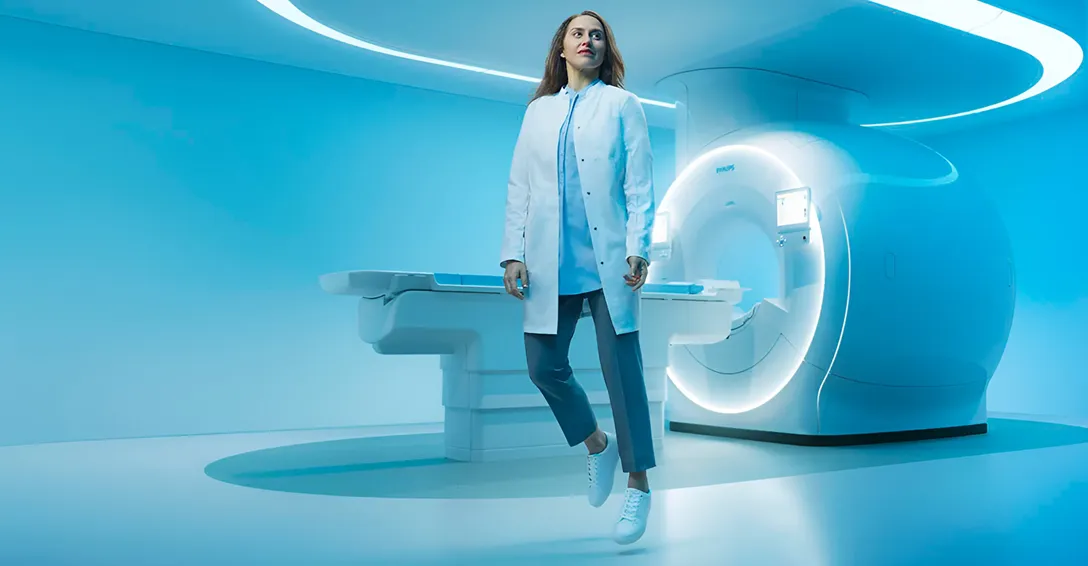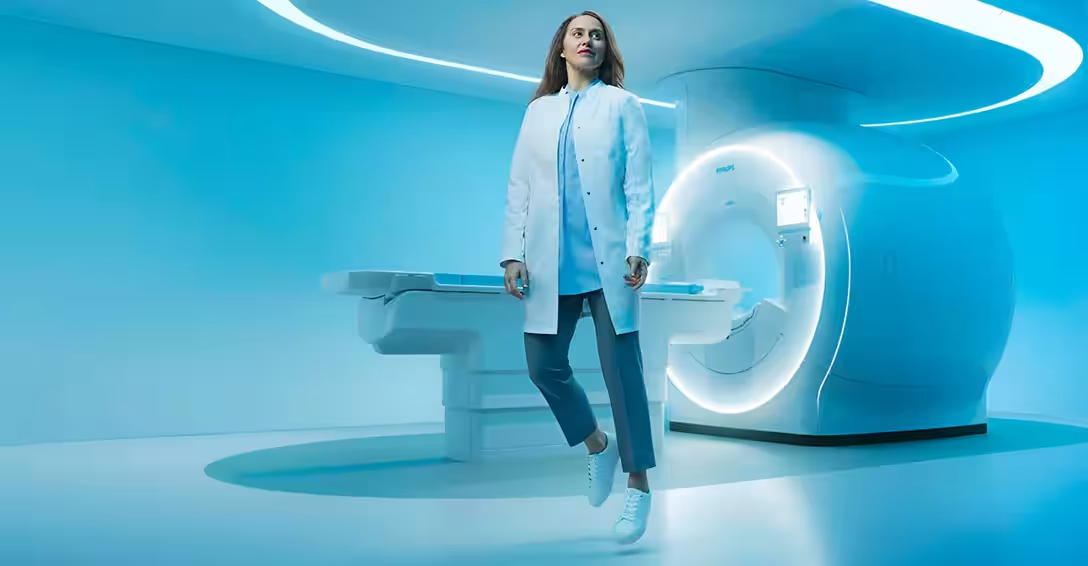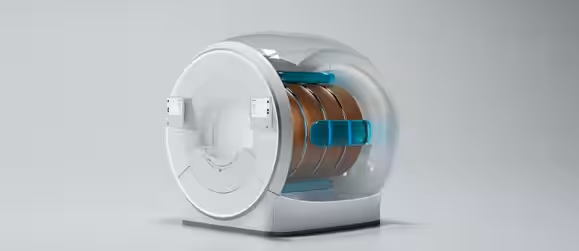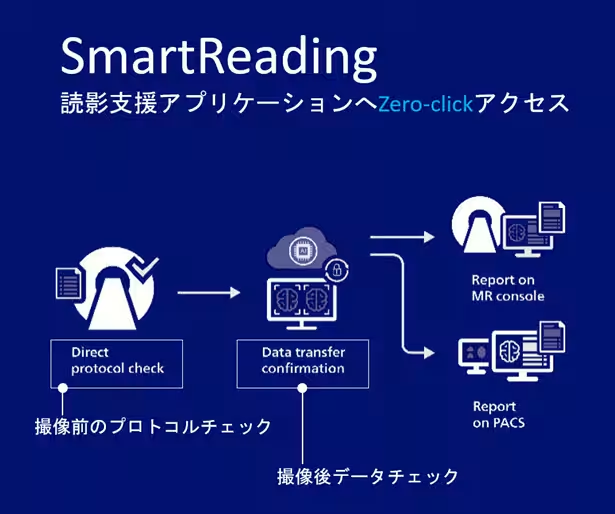

Revolutionizing MRI Technology with Philips' BlueSeal: A Helium-Free Marvel
Introduction to Philips' BlueSeal MRI
On April 11, Philips Japan introduced a groundbreaking MRI system called BlueSeal, which operates without the extensive use of helium. The launch was marked by its presentation at the ITEM 2025 (International Medical Imaging Technology Exhibition) held in Yokohama. This new imaging technology promises to revolutionize how MRIs are performed, providing a sustainable and efficient solution for medical institutions amidst increasing environmental concerns.
The Sustainable Choice for MRI
The BlueSeal MRI system employs a proprietary technology utilizing just 7 liters of helium to maintain a superconducting state. This significant reduction compared to traditional MRI systems, which require constant helium replenishment, allows for a more stable and dependable operation. The compact design aids in rapid recovery from emergencies, including natural disasters.
Additionally, the introduction of the PowerSave+ feature aims to reduce power consumption and CO₂ emissions, further supporting the healthcare sector's move towards sustainable practices. Already, over 1,700 units have been deployed globally, and the expectation is that more healthcare facilities in disaster-prone Japan will adopt this innovative technology, ensuring continued patient care even during critical situations.
Leveraging AI for Enhanced Workflow
Philips has integrated advanced AI technologies into the BlueSeal system, enhancing both image quality and operational efficiency. Features like SmartSpeed significantly reduce imaging time while maintaining quality standards, enabling healthcare professionals to carry out high-quality examinations within tight schedules.
Moreover, the SmartReading function allows seamless access to AI-based diagnostic support software directly from the MRI control console. It automates analysis report transfers to the hospital's database or PACS without any manual input, promoting operational efficiency and easier adaptation to changing clinical guidelines.
With these AI capabilities, the BlueSeal system is not only supportive of increasing patient volumes but also harmonizes with dynamic imaging protocols vital for the evolving landscape of healthcare. For example, it can interface with software designed to track the efficacy of dementia medications or help identify prostate cancer lesions.
Key Features of the BlueSeal MRI
1. Sustainable MRI Operations: The BlueSeal system uses a micro-cooling technology that keeps helium usage below 0.5% of traditional systems. This efficiency leads to reduced operational costs and minimizes the environmental impact associated with MRI services.
2. Advanced System Management with AI: The system is equipped with AI-based predictive maintenance technology, remotely monitoring over 500 functional parameters of the MRI system. This proactive approach helps prevent approximately 30% of potential malfunctions, ensuring consistent availability of imaging services.
3. AI-Assisted Imaging and Diagnostics: The dual features of SmartSpeed and SmartReading enhance diagnostic processes by ensuring imaging adheres to the latest clinical guidelines, and by standardizing reporting, which ultimately boosts diagnostic accuracy across various examinations.
Conclusion
Philips’ BlueSeal is more than a technological advancement; it stands as a definitive step towards sustainable healthcare practices in medical imaging. As global hospitals face increasing pressure to implement eco-friendly solutions, BlueSeal provides a timely and effective response. With its cutting-edge features and commitment to sustainability, this MRI machine is poised to become a critical tool for healthcare providers in Japan, especially in the era of aging populations and increasing healthcare demands.
The system's initial rollout has shown promise, adapting to both urban and disaster-prone medical environments, making it a future-proof solution for MRIs. Phillips, through its innovative approach, is mapping the future of medical imaging while emphasizing environmental responsibility and patient care.



Topics Health)










【About Using Articles】
You can freely use the title and article content by linking to the page where the article is posted.
※ Images cannot be used.
【About Links】
Links are free to use.